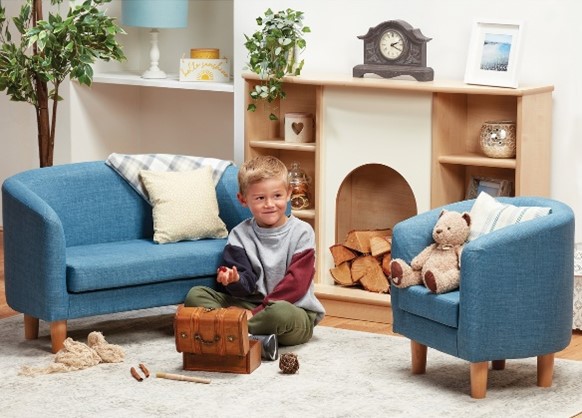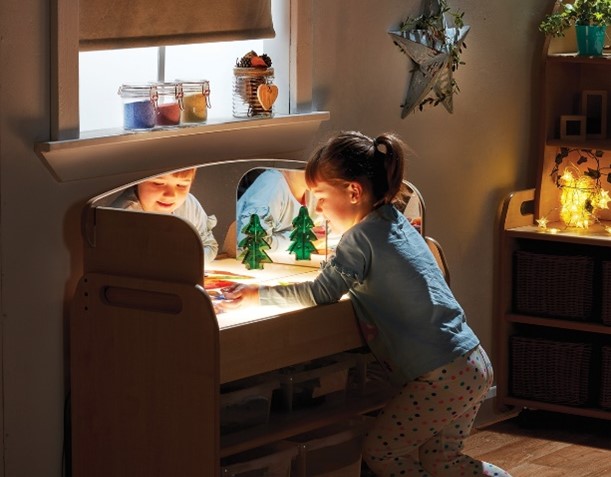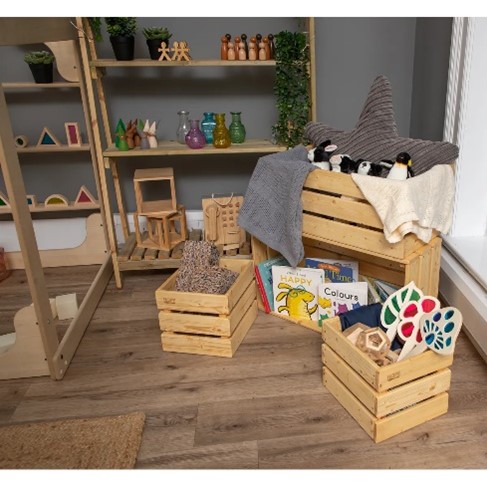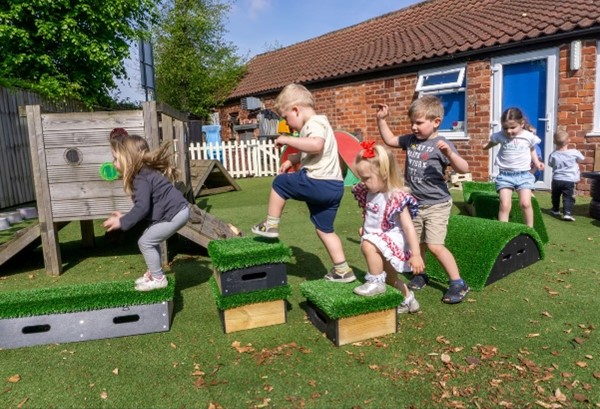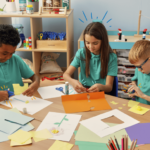
Setting up a new nursery is an exciting opportunity to create a space where young children can thrive, explore, and grow. Whether you’re opening a brand-new setting or refreshing an existing one, thoughtful planning is key. Our very own Ollie the Owl shares his top 10 practical tips to help you create a nurturing, engaging, and well-organised environment that supports high-quality early years practice — from layout and furniture to sensory play and outdoor learning.
1 Create clearly defined learning areas
Allocate areas for quiet time, active play, creative activities, sensory exploration, role play, and outdoor learning. Clearly defined zones help children develop routines and support independent learning.
2 Consider the child’s eye level when setting up
Choose child-sized furniture that is robust, easy to clean, and encourages autonomy. Display resources and visuals at eye level to support engagement, curiosity, and ownership of learning.
3 Create a home-from-home environment
Use soft furnishings, rugs, cushions, and warm lighting to make the setting feel calm and welcoming. This helps children settle quickly, feel safe, and build strong emotional connections with the space.
4 Prioritise sensory experiences for inclusive learning
Integrate sensory play to support all children, including those with additional needs. Use tools like light panels, texture boards, and soft play areas to enhance exploration, focus, and emotional wellbeing.
5 Incorporate a variety of storage solutions
Use open shelving, labelled baskets, and integrated storage to promote self-selection and independent tidy up routines. A well-organised space helps maintain order and supports the flow of continuous provision.
6 Support sequential learning and progression
Design your environment to support progression in learning. Ensure provision allows children to revisit, practise, and extend their knowledge and skills over time, encouraging deeper learning.
7 Be flexible and willing to reconfigure
The first setup is just the beginning. Observe how children use the space and be prepared to adapt it to better suit their needs. A responsive approach leads to a more effective learning environment.
8 Reflect seasonal changes and children’s interests
Keep your provision relevant and engaging by rotating resources based on seasons, cultural events, and the children’s evolving interests. This keeps learning fresh and encourages exploration.
9 View the outdoors as an extension of the classroom
Plan your outdoor provision with the same care as your indoor spaces. Include opportunities for physical development, exploration, construction, planting, and sensory play. Link outdoor areas to your curriculum and planning documents.
10 Organise your delivery and plan by room
Take advantage of consolidated deliveries and ask suppliers to pack by room/ area. Assign roles within a project team so everyone knows their responsibilities during the unpacking and setup.
Author: Ollie the Owl
Ollie is Hope’s symbol of wisdom, care, and practical support — a friendly guide who knows a thing or two about building spaces where little learners can truly flourish. With practical tips, friendly reminders, and plenty of encouragement, he’s here to support nurseries every step of the way—making big projects feel a little lighter and a lot more fun.
